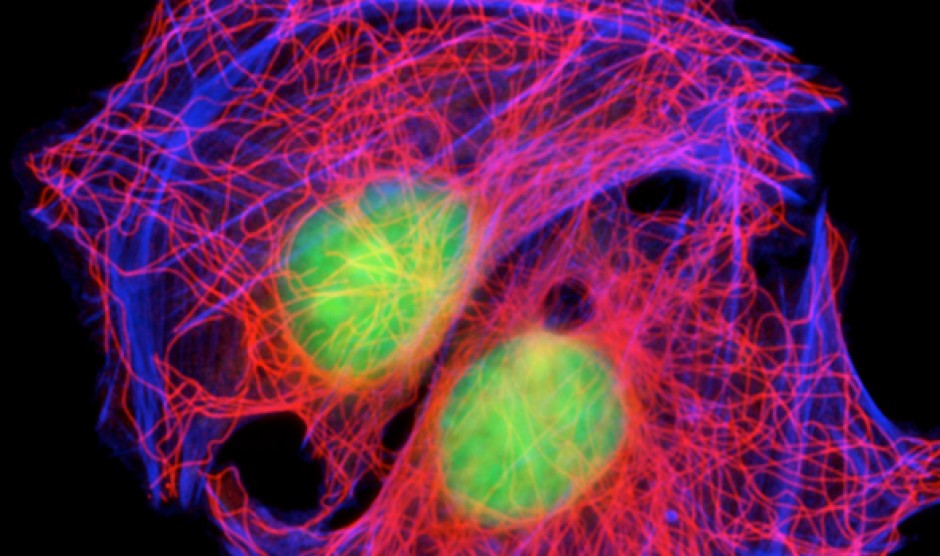This blog shall be broken up into two different parts, one on my opinion and reaction to it, the second on the rhetorical aspect of the film.
Art, through voice or silence, speaks with a purpose. Art can be controversial, pleasing, or uncomfortable to look at. It can be engaging, monotonous, and eccentric. It can be good or bad. No matter what it is to the viewer, it is usually created with meaning, and it is up to the creator of this art how he or she gets the message across. Spike Lee’s delivery of his message through his film, “Do The Right Thing” did the right thing for me. It was a piece of art that mixed bright imagery, wonderful and funky music, distinct dynamic characters, and a plethora of symbols that twisted into a refreshing film that was engaging and meaningful. The film was, overall, incredibly artistic in a positive way; it displayed Spike Lee’s purpose well, yet kept it interesting with creative focus angles and camera shifting. There were, however, specific sections that could have been shortened, particularly the beginning credit scene; the women dancing were undoubtedly skilled in their body isolation skills (perhaps as good as mine…maybe), but after awhile, I could feel impatience seeping into the atmosphere from the audience, and after several events into the movie, it reached a temporary lull, where my eyes somehow couldn’t stay open…but then BOOM, the stereo was broken, and all hell broke loose.
It was here, from the climax of the movie, till the end, that spoke the loudest, and perhaps it is not a coincidence that I observed the techniques in rhetoric the most during this segment of the movie. There were sides of ethos and pathos that fluttered through the film. Before the ending credits of the film, a quote scrolled on the screen, by Martin Luther King Jr. This quote denounced using violence as a means to resolve an issue, the main argument of the movie. Because Spike Lee uses this quote by an important, historical figure, who fought not through violence, but through powerful speech, his argument seems credible, for MLK, too, shared his view on violence. In addition to this usage of ethos, through his characters, Spike Lee draws upon the emotions to persuade his audience. After the scene where Radio Raheem is killed and the mass of people begin to destroy Sal’s Famous Pizzeria, the crying of Smiley and the yelling of Mother Sister demonstrate the despair and depression caused from this outbreak in violence. Not only does the violence fail to resolve the issue presented, it enhances the problem.
Additionally, the notion of a commonplace takes on an interesting role. It seems as though each group within the movie, the African Americans, Latinos, Italians, and Koreans, each hold a specific commonplace about each other group that they must interact with. Some view the Koreans as tricky, cunning, and perhaps stingy. Some view the African Americans as unmotivated and not hardworking, or maybe even rude and irritating (Sal’s older son in particular). Potentially, Spike Lee uses these personally held commonplaces to demonstrate how destructive these long held “facts” are to unity within a group.
It is interesting to see Spike Lee use many rhetorical devices, undoubtedly more than the ones I have stated before, and have rhetoric be the ideal way to desolve an issue in the movie. The movie rises in action to a finale that includes death, dire, destruction, and devastation, all because of violence. If one could have used rhetoric, understanding, and good communication, like the Korean grocery shop owner did near the end, by stating that “we are all the same”, we can see that fighting isn’t the right way to approach an issue.
Before we judge, observe, interact with, and learn. The pivotal civic character in the movie could be argued as the mayor, who is called a fool and a drunk, and yet, it is he who consoles Mother Sister, who attempts to unite the people during all the violence. Stereotypes and stubbornly held beliefs only converge into arguments and perhaps eventually fighting. Accept, unite, and understand. A message Spike Lee couldn’t have put any better.

Sarah, I really enjoyed your analysis of the film’s artistic value. The camera angles that focused on one person or a small group of persons completely added to its quirkiness. However, I enjoyed the opening dance scene opening credits/dancing scene, because I felt it really set a great tone that wasn’t really matched until the ending fight scene. You hit the nail on the head when discussing the pathos at the end of the movie with MLK’s quote. That was certainly the most emotional part of the movie. It also provided the greatest effect and food for thought for the audience.
Sarah, I love how the commonplaces in the movie were used as insults slung at the other races, while each race had their own commonplace used by the others. When the young African American who didn’t work was angry that the white man skuffed up his Nike sneakers, claiming that the white man thought he was better than him due to race, this in itself was a prejudice commonplace against white people. This commonplace seemed to imply that all white people think themselves better than Afriacn Americans. All the races were angry at others for stereotyping and discriminating against them, while at the same time they themselves were stereotyping and discriminating against the others.